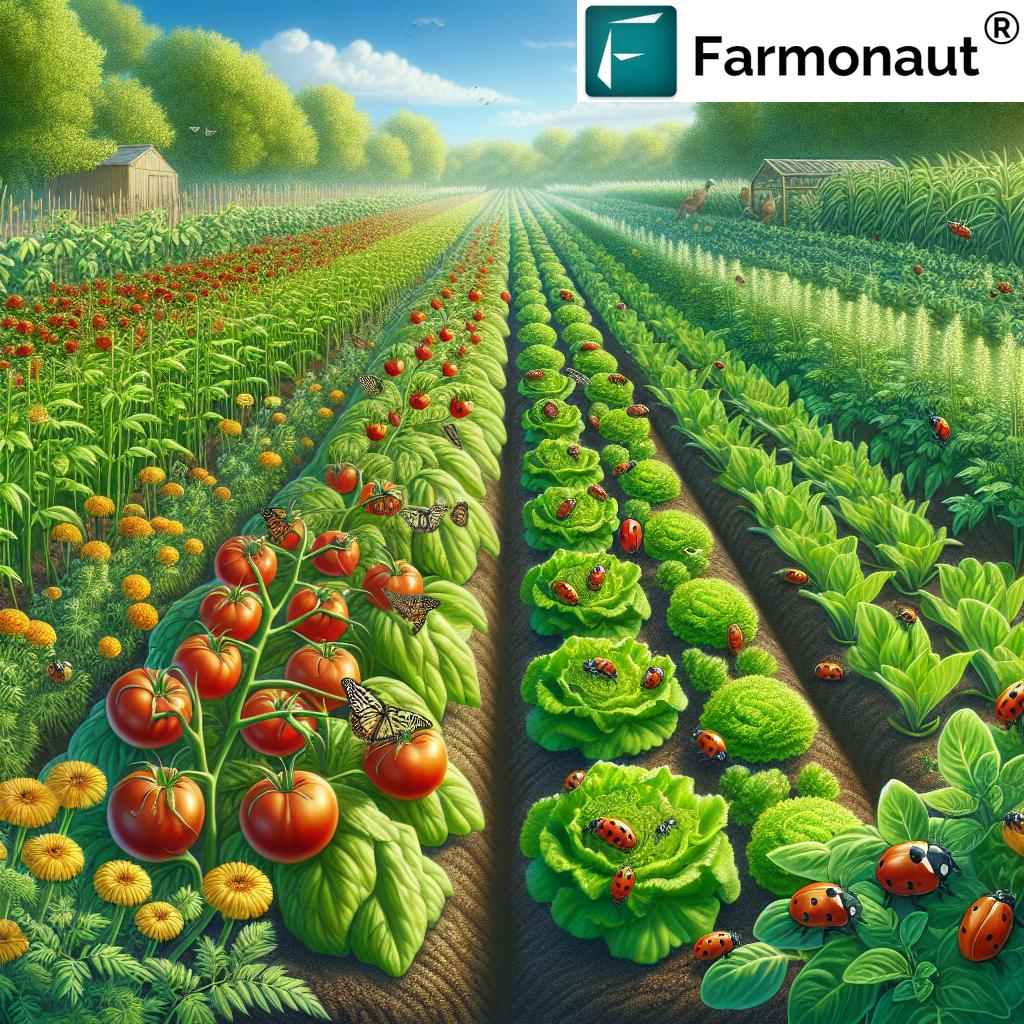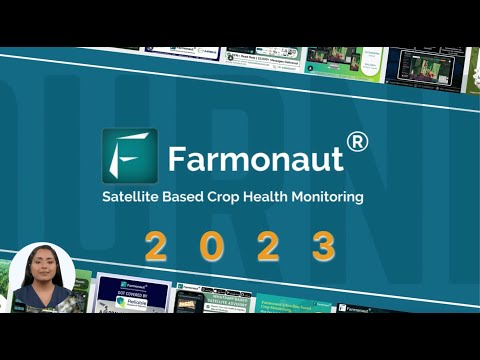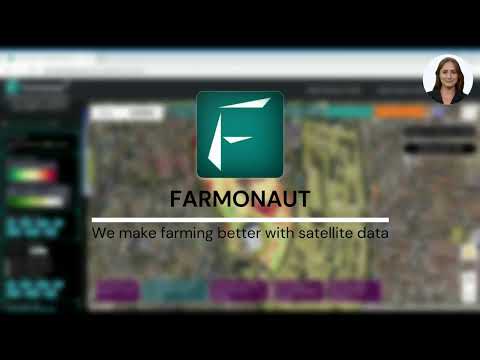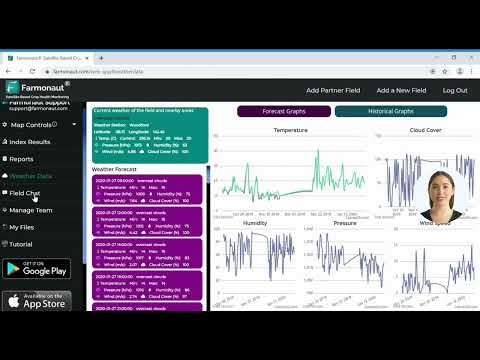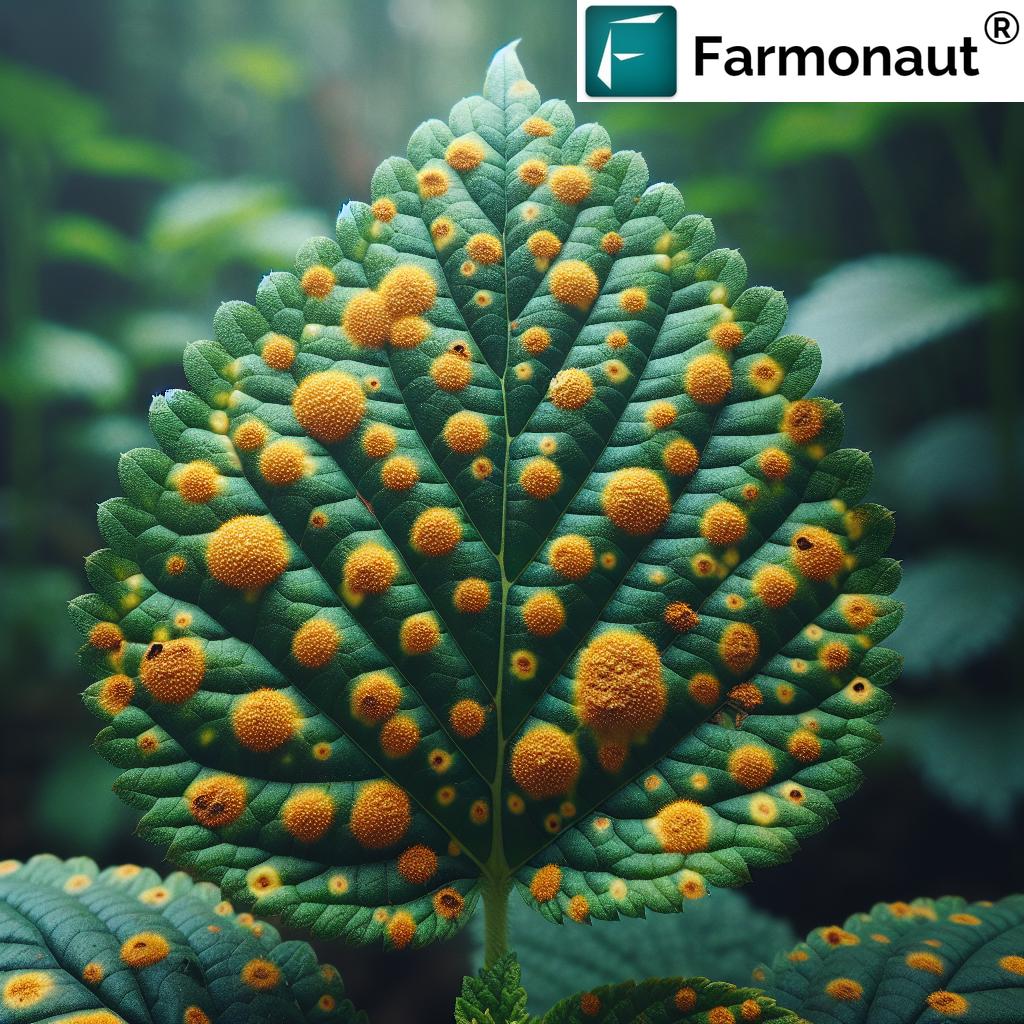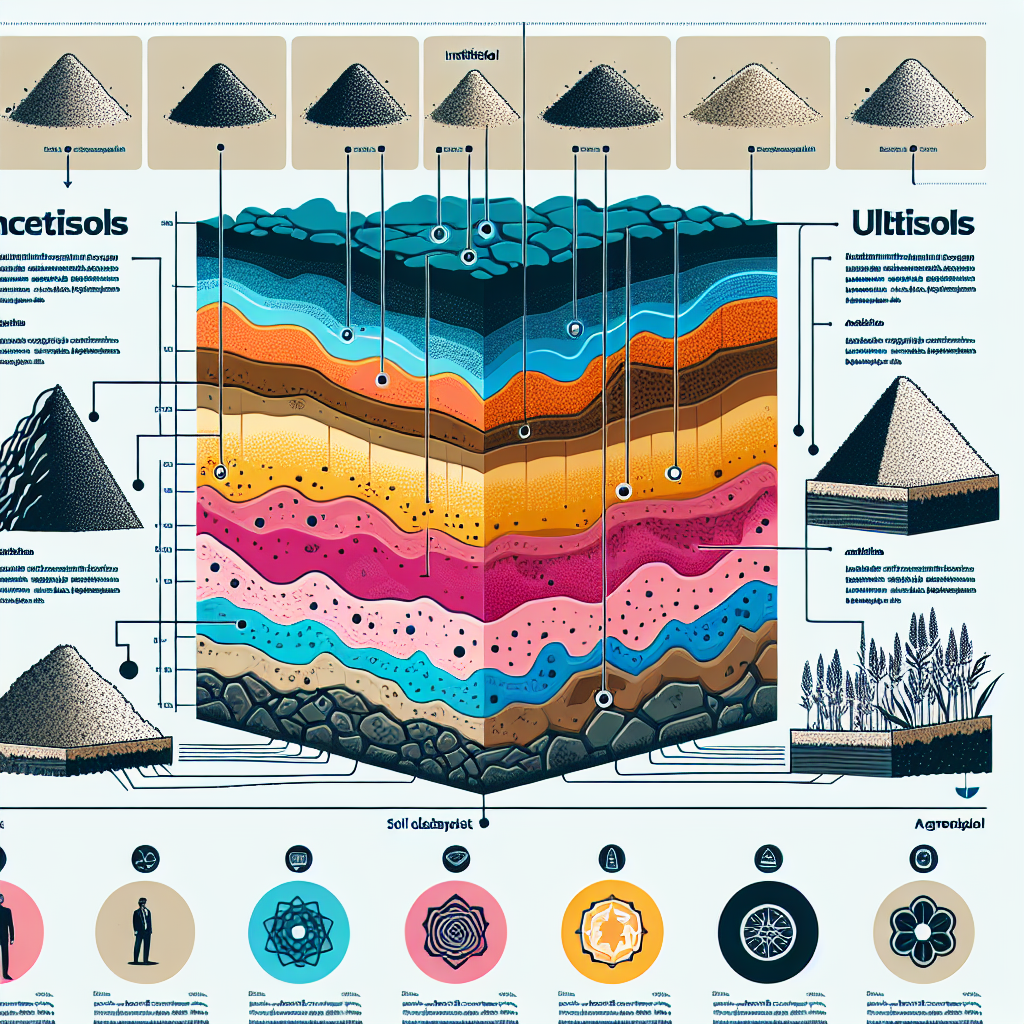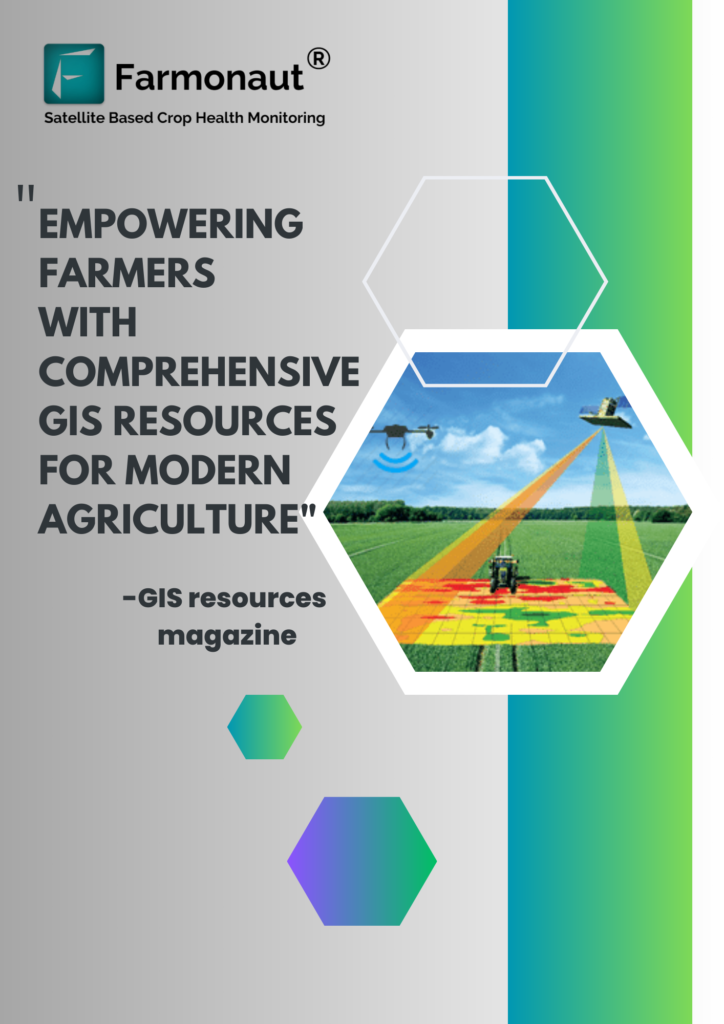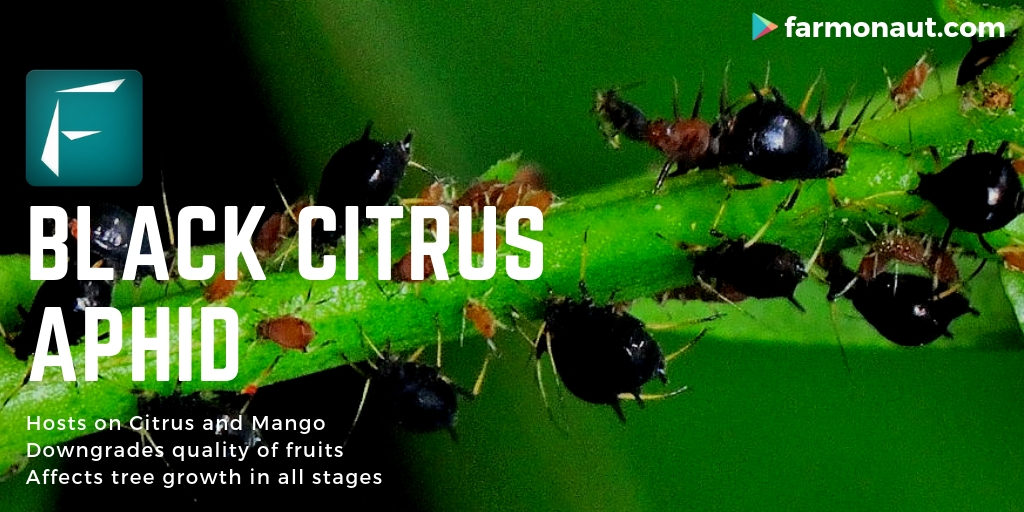Organic Pest Control: 7 Shocking Farm Hacks That Work!
Table of Contents
- Introduction to Organic Pest Control
- Trivia: Power of Biological Control
- 1. Biological Pest Control Methods
- 2. Cultural Practices for Natural Pest Management
- 3. Mechanical and Physical Pest Control Strategies
- 4. Organic Pesticides for Farming
- 5. Soil Health and Pest Resistance
- 6. Integrated Pest Management in Agriculture
- Comparison Table of Organic Pest Control Methods
- Trivia: The Universe Under Our Feet
- 7. Farmonaut: Data-driven Precision for Sustainable, Organic Pest Control
- Farmonaut Subscription Options
- Frequently Asked Questions (FAQ)
- Conclusion: Sustainable Future with Organic Pest Control
In the world of agriculture, one question remains at the forefront of every farmer’s mind: How can we control pests in a way that is both effective and environmentally friendly? This is where organic pest control comes into play. As concerns about soil health, pesticide resistance, and environmental impact grow, it’s critical for us to adopt methods that ensure robust crop growth, protect our ecosystems, and reduce reliance on synthetic pesticides. By blending traditional wisdom with cutting-edge technologies like satellite monitoring and AI-driven advisories (such as those offered by Farmonaut), we can navigate the challenges of pest management sustainably.
“Over 80% of farmers using biological pest control report a 50% reduction in chemical pesticide use.”
1. Biological Pest Control Methods
Biological pest control stands as one of the best examples of working with nature rather than against it. In this approach, we leverage beneficial insects, predators, parasites, and microbial organisms to suppress pest populations and reduce crop damage. By fostering ecological balance, we can control pests without resorting to synthetic chemicals.
Encouraging Natural Predators: The Unsung Heroes of Our Farms
Natural predators are our greatest allies in the field. By encouraging, introducing, or conserving these beneficial organisms, we effectively bolster our farm’s natural defense system. Key examples include:
- Ladybugs: Voracious consumers of aphids and other soft-bodied pests, these tiny champions can consume up to 50 aphids per day.
- Lacewings: Both larvae and adults are generalist predators, attacking harmful insect populations including aphids and small caterpillars.
- Praying Mantises: As generalist predators, mantises serve an essential role by attacking a wide range of insect pests.
- Insectary Flowers: By planting these alongside crops, we create habitats to bolster populations of beneficial predators and pollinators within the farm ecosystem.
These natural allies help us maintain pest populations below damaging thresholds while promoting biodiversity and healthy crop growth.
Using Biological Pesticides: Precision and Safety in the Field
Biopesticides are a cornerstone of organic pest control. Common examples include:
- Bacillus thuringiensis (Bt): A microbial pesticide highly effective against caterpillar pests, such as cutworms and armyworms. Bt is target-specific, minimizing impact on beneficial insects and other non-target organisms.
- Spinosad: Derived from soil-dwelling bacteria, spinosad targets a broad spectrum of pest insects while being safe for many beneficial insects if applied correctly.
- Neem Oil: A popular natural pesticide extracted from the neem tree. It acts as both a repellent and growth inhibitor, making it ideal for use in organic farming. (Learn more about Farmonaut’s Crop Plantation & Advisory Solutions for personalized pest management tips.)
Beneficial Nematodes: The Microscopic Warriors Within Our Soil
Beneficial nematodes are microscopic worms that live in the soil and seek out pests like grubs, rootworms, and larvae. Once inside their hosts, they release bacteria that kill the pest within 24-48 hours. These nematodes are:
- Safe for plants, earthworms, and humans
- Highly effective against a wide range of soil-dwelling pests
- Easy to apply by mixing with water and spraying onto the soil
Through the application of beneficial nematodes, we enhance the soil ecosystem and support our crops’ natural pest resistance mechanisms.
2. Cultural Practices for Natural Pest Management
Cultural pest control techniques focus on agricultural practices that disrupt pest cycles, bolster plant health, and minimize pest outbreaks. Let’s explore the most effective strategies we can implement on our farms.
Crop Rotation: Breaking Pest Life Cycles
Crop rotation is a tried-and-true method for reducing pest incidence. By rotating crops across different seasons, we:
- Disrupt insect and pathogen life cycles, making it harder for specific pest populations to establish and persist
- Enhance soil health and biodiversity, which supports plant resilience
- Reduce harmful build-up of soil-borne pests, nematodes, and diseases
For instance, rotating a field from potatoes to beans or legumes can suppress potato-specific pests and provide natural enrichment to the soil through nitrogen fixation.
Companion Planting for Pest Control
Companion planting is the practice of growing two or more types of plants or crops together to deter pests and enhance each other’s growth. Popular examples include:
- Marigolds and tomatoes: The strong odors of marigolds deter nematodes, aphids, and beetles.
- Basil with tomatoes or peppers: Basil gives off natural chemical compounds that repel flies and reduce insect feeding activity.
- Garlic and onions: Their pungent odors naturally deter a range of pests.
With companion planting, we create a diverse and resilient agroecosystem that naturally suppresses damaging pests.
Mulching: Physical and Ecological Advantages
Mulching uses natural or synthetic ground covers to:
- Suppress weeds and soil-dwelling insects
- Regulate soil temperature, promoting healthy crop growth
- Reduce early season pest activity by increasing predator populations—straw mulch, for example, boosts ground beetles and lacewings
- Reflective mulches can deter aphids and thrips, preventing the spread of insect-transmitted diseases
Integrating mulching with other practices acts as a multifaceted protective layer for crops.
Looking for better crop rotation planning and pest monitoring? Farmonaut’s Large-scale Farm Management Solution utilizes satellite imagery to track field history, crop growth, and pest risk—helping owners and managers optimize their cultural practices sustainably.
3. Mechanical and Physical Pest Control Strategies
Physical and mechanical pest control methods involve directly preventing or physically removing pests before they can damage crops. Let’s review the top approaches every organic farmer should consider.
Handpicking and Trapping: Manual, Yet Effective
Manual removal remains a practical technique for small farms, home gardens, and high-value crops. Regular inspection and handpicking of pests like caterpillars or beetles can prevent populations from reaching damaging levels. For larger operations, traps come in handy:
- Pheromone traps: Attract male moths to reduce their breeding opportunities—particularly useful for fruit and vegetable crops.
- Sticky traps: Capture flying insects like whiteflies, aphids, and leafhoppers.
- Colored boards (yellow/blue): Visual lures for thrips, aphids, and soil-borne flies.
Barriers and Row Covers: Shielding Crops From Invaders
Physical barriers such as netting, floating row covers, or even fences can prevent insect pests, birds, or animals from reaching valuable crops while allowing sunlight, air, and rain to penetrate. Common uses include:
- Floating row covers: Lightweight fabric that is draped over young plants to block flying pests during critical stages of crop growth.
- Low tunnels or fine mesh: Protection against fruit flies, cabbage worms, and other flying insects.
When combined with other organic pest control methods, barriers are highly effective for early season protection and in fields subject to routine pest pressure.
To support regular pest monitoring and physical intervention, we recommend using Farmonaut’s satellite-based crop health monitoring found in the Farmonaut App. This tool provides real-time imagery highlighting crop stress—enabling growers to target scouting and deploy manual or mechanical controls more efficiently.
4. Organic Pesticides for Farming: Harnessing Nature’s Chemistry
Despite our best efforts with prevention and cultural practices, sometimes pest levels spike. In these cases, organic pesticides offer safe, natural alternatives to synthetic options.
Neem Oil: The Powerhouse Neem Oil Pesticide
Neem oil—extracted from the Azadirachta indica tree—is among the most widely used organic pesticides for farming. Why?
- Disrupts insect feeding, mating, and molting
- Acts as a broad-spectrum pesticide, repellant, and egg-laying deterrent
- When applied properly, it is safe for beneficial insects including bees and ladybugs
- Reduces the risk of chemical resistance development
Apply neem oil during early morning or late evening to avoid harming pollinators and to maximize its effectiveness.
Diatomaceous Earth: Nature’s Dehydrating Agent
Diatomaceous earth is a naturally occurring, abrasive powder made from fossilized algae. When sprinkled on plant surfaces or soil:
- It damages the exoskeletons of crawling pests (like ants, beetles, and cutworms), causing dehydration and death
- It is non-toxic to humans and animals when used as directed
- It leaves no harmful residue and is safe to use near edible crops
Garlic and Chili Sprays: DIY Pest Repellents
Homemade sprays made from garlic and chili peppers leverage strong odors and chemical irritants to deter aphids, beetles, caterpillars, and leaf miners. Tips for application:
- Test on a few plants first to check for phytotoxicity
- Reapply after heavy rain or irrigation
- Use with caution during flowering to avoid deterring pollinators
These methods are both sustainable and cost-effective, making them accessible for farmers and gardeners alike.
5. Soil Health and Pest Resistance: The Foundation of Resilient Farming
The importance of healthy, living soil in organic pest control cannot be overstated. Healthy soil nourishes our crops, supports beneficial organisms, and naturally strengthens plants against pests and diseases.
Biosolarization: Solar Power Meets Soil Microbiology
Biosolarization is an innovative organic pest control technique in which:
- The soil is amended with compost or organic matter
- Covered with transparent plastic to trap solar heat, raising the temperature and accelerating the decomposition process
- This boost of microbial activity produces natural chemicals that are toxic to nematodes, bacteria, fungi, and insect pests
Biosolarization shortens traditional solarization timelines and offers an eco-friendly substitute for chemical fumigation, making it ideal for organic farms.
Biofumigation: Green Manure for Soil Pest Suppression
Biofumigation involves growing and then incorporating certain green manure crops (mainly from the Brassicaceae—mustards, broccoli, radishes) into the soil:
- The decomposition of these plants releases isothiocyanates, natural gas compounds that suppress soil-borne pests, nematodes, fungi, and bacteria
- This method breaks pest cycles and boosts organic matter in the soil for improved long-term fertility
- The compounds produced are less persistent and toxic than synthetic fumigants, offering a truly sustainable soil management practice
Both biosolarization and biofumigation protect crop roots and improve plant health with minimal environmental impact.
Need to keep an eye on your soil’s health, moisture, and organic matter? Farmonaut’s satellite-based crop monitoring delivers accurate soil moisture, NDVI (vegetation health), and other indices—enabling smarter irrigation and pest management decisions. Explore Farmonaut Precision Agriculture Solutions and optimize your farm naturally.
“Healthy soil can support up to 1 billion beneficial microbes per gram, boosting natural pest resistance.”
6. Integrated Pest Management in Agriculture: The Complete Approach
Integrated Pest Management (IPM) brings all of these techniques together in a dynamic, ecologically sound system. We focus on:
- Accurate pest identification—distinguishing harmful pests from beneficial species
- Regular monitoring—using scouting, pheromone traps, and satellite imagery for early detection
- Thresholds—taking action only when pest levels threaten economic damage
- Multiple strategies—combining biological, cultural, physical, and, where necessary, natural chemical tools
- Review and adapt—continually assessing outcomes and refining practices
By integrating these environmentally friendly pest control strategies, we reduce synthetic pesticide reliance, enhance biodiversity, and keep our farm ecosystems resilient and productive.
Comparison Table of Organic Pest Control Methods
| Pest Control Method | Target Pest(s) | Estimated Effectiveness (%) | Environmental Impact | Ease of Application | Approximate Cost |
|---|---|---|---|---|---|
| Neem Oil Spray | Aphids, whitefly, mites, beetle larvae | 70-85 | Low | Easy | Low |
| Companion Planting | Nematodes, aphids, colepterans | 60-80 | Low | Easy | Low |
| Diatomaceous Earth | Crawling insects (ants, beetles, earwigs) | 75-90 | Low | Easy | Medium |
| Beneficial Insects (Ladybugs, Lacewings) | Aphids, caterpillars, mites | 60-90 | Low | Moderate | Medium |
| Biological Pesticides (Bt, Spinosad) | Caterpillars, leafminers | 70-95 | Low | Easy | Medium |
| Handpicking & Trapping | Caterpillars, beetles, slugs | 50-70 | Low | Challenging (labor) | Low |
| Row Covers/Barriers | Leafy vegetable insects, birds | 70-90 | Low | Easy | Medium |
| Biosolarization & Biofumigation | Soil nematodes, fungi, bacteria | 60-85 | Low | Moderate | Medium |
As this table shows, organic pest control methods offer a range of options—each with their own pros and cons. Our best outcomes result from combining methods tailored to our local pests, crops, and climate.
7. Farmonaut: Data-driven Precision for Sustainable, Organic Pest Control
Embracing technology in our organic farming practices gives us a clear advantage. Farmonaut is a pioneering agricultural technology company harnessing satellite imagery, AI, and blockchain to empower farmers worldwide. Let’s see how Farmonaut’s tools enhance natural pest management:
- Satellite-Based Crop Health Monitoring: Using real-time multispectral satellite images, we can detect plant stress earlier, pinpointing areas at risk of pest or disease outbreaks. This enables targeted intervention—reducing unnecessary pesticide applications and saving resources.
- AI-Based Advisory: Jeevn AI System: Get personalized, data-driven recommendations on organic pest control, irrigation scheduling, fertilizer use, and best-practice rotations—all from your phone or browser.
- Soil Management & Carbon Footprinting: Carbon footprint tracking allows us to monitor our environmental impact while enhancing soil health for long-term pest resistance.
- Traceability Solutions: Transparency matters more than ever—especially in organic supply chains. With Farmonaut’s blockchain-based traceability solutions, ensure your produce’s organic journey is documented and verifiable for consumers.
- Fleet and Resource Management: Whether managing equipment or scheduling organic inputs, Farmonaut Fleet Management tools help optimize logistics, reduce emissions, and ensure that every field receives the care it needs.
- Crop Loans and Insurance: Satellite-based verification (see Farmonaut Crop Loan and Insurance) limits fraud and ensures that organic farmers get fast, fair access to financial support.
- For Developers: Access Farmonaut’s API and developer docs here to build integrated, sustainable farming solutions.
Farmonaut Subscription Options
Whether you’re a smallholder, a large agribusiness, or a government agency, Farmonaut offers flexible subscription plans tailored to precision organic farming, pest control optimization, and resource efficiency.
Frequently Asked Questions (FAQ) on Organic Pest Control
-
What is organic pest control?
Organic pest control is the use of natural, environmentally friendly methods—including biological, cultural, physical, and organic chemical approaches—to manage pest populations, reduce crop damage, and support ecosystem health without synthetic pesticides.
-
Are organic pesticides safe for beneficial insects?
Many organic pesticides, like neem oil and some biopesticides, are selective and less harmful to beneficial insects when applied correctly.
-
How does healthy soil help with pest resistance?
Healthy soils support microorganisms that suppress pests and boost plant resilience, reducing the risk of disease and insect attacks naturally.
-
What is the role of Farmonaut in organic pest management?
Farmonaut provides satellite-based crop and soil monitoring, AI-driven advisories, and resource management solutions that help organic farmers detect, manage, and prevent pest outbreaks with precision.
-
Can I use several organic pest control methods together?
Absolutely! Integrated Pest Management (IPM) encourages blending multiple sustainable strategies for the best results.
Conclusion: A Sustainable Future with Organic Pest Control
Organic pest control is more than just a trend—it’s a necessity for a sustainable, healthy future in agriculture. By integrating biological pest control methods, natural pest management strategies, and technological advances like Farmonaut’s satellite-based systems, we protect our crops, our soil, and the entire farm ecosystem. With these 7 shocking farm hacks and the right tools, we can manage pests naturally, maintain healthy soil and vibrant crops, and leave a legacy of sustainability and abundance.
Let’s continue to make informed choices, combine traditional wisdom with remarkable new technologies, and steward our land for generations to come!
Ready to optimize your pest management and take your organic farm to new heights?
- Download or access the Farmonaut App now!
- Develop custom solutions with the Farmonaut API.
- Monitor and trace your crops efficiently—explore Blockchain-based Product Traceability.
- Reduce your carbon footprint and protect your soil—see Environmental Impact Tracking.
If you found this guide on organic pest control hacks valuable, share it with your fellow farmers and sustainability enthusiasts. Together, we’ll shape a greener, healthier future for agriculture!





